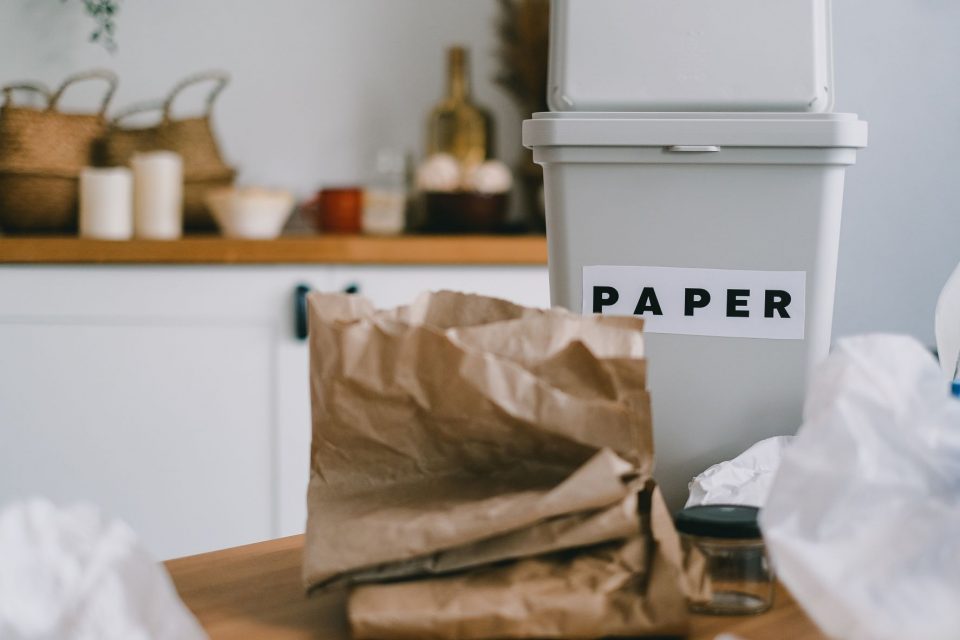How to use paper notes during a speech

Best jobs to target when you are looking to change careers
August 1, 2019
6 Celebrities who’ve had a major career change
August 14, 2019
If the idea of presenting on stage leaves you in a cold sweat, then paper notes might be the salvation you need! Paper notes can be a public presenter’s best friend – but only if you know how to use them. These are the insider tips to using paper notes during a speech that you need to know.
Some public presentation tips suggest throwing away your notes before making a speech. However, it takes a particularly fearless type of presenter to walk into a lecture hall or conference room with nothing in their hands.
For the rest of us, using paper notes wisely can be a real advantage. This is how to use them right.
Developing your script
#1. Begin with the main message or take-away you want to transmit to your audience.
#2. Flesh this out into a diagram which shows the main points you want to cover and the flow of your presentation.
#3. Now add further detail until you have the full script of your speech.
#4. Practice reading the speech aloud. Does it flow? Does it convey the message you want it to? Now, read it aloud again but this time with a timer.
#5. If you need to edit the script so it falls within a designated timeframe, do so.
Creating your paper notes to use during your presentation
#6. You now effectively need to run the first five steps in reverse. Before you do so, try giving your presentation again from memory. Where do you need prompts?
#7. Create a prompt card for every idea or section of your presentation. Ideally, your cards should contain as few words as possible. When you’re really familiar with the content, some cards may only need a single word to prompt you on the topic.
#8. Practice your presentation again, this time without looking at the cards, but shuffling through them as you move from one topic to the next. This will help you establish the flow of the prompts in your mind – making it less likely you will get lost when you do come to present.
#9. Aim not to look at the paper notes – focus on engaging with your audience instead. Marjorie North, professor at Northeastern University and communication skills consultant, suggests you might even want to videotape yourself, or get a friend to critique your performance. She says, “The best way to overcome anxiety is to prepare, prepare, and prepare some more. Take the time to go over your notes several times. Once you have become comfortable with the material, practice—a lot.”
When it comes to presenting live
#10. Know that your notes are there for you if you need them.
#11. Toastmasters recommends finding somewhere to put your notes, so you are not holding them while you present.
“The absolute best place for your notes is not in your hands at all, but on a flat surface, like a table, one step in front of you (never behind you). That way you can refer to them as you need and leave both arms free for gesturing.”
#12. Accept some nerves are normal – and your notes are there to help.
Marjorie North says, “All people feel some physiological reactions like pounding hearts and trembling hands. Do not associate these feelings with the sense that you will perform poorly or make a fool of yourself. Some nerves are good. The adrenaline rush that makes you sweat also makes you more alert and ready to give your best performance.”




